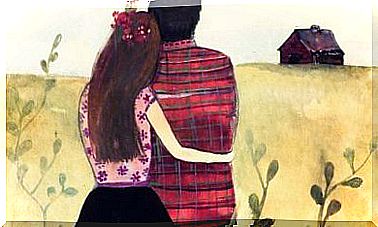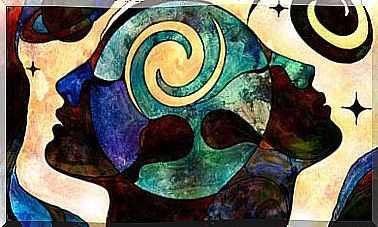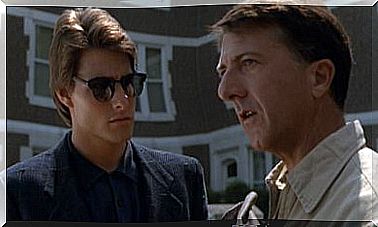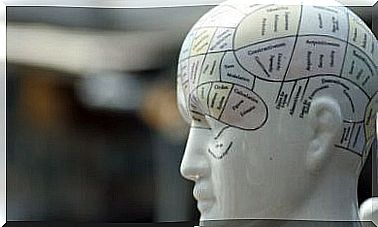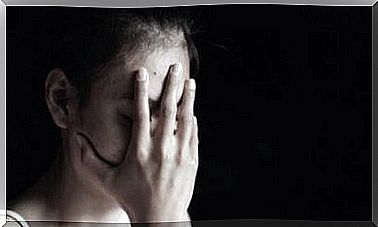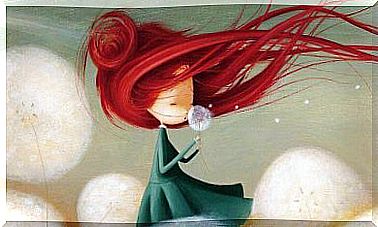Jung’s 12 Personality Archetypes
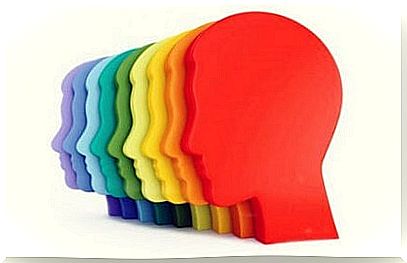
Carl Gustav Jung is perhaps the most famous of the dissenters from classical psychoanalysis. He departed from Freud’s concepts and explored the ancestral and collective roots of the unconscious. New lights emerged from that intellectual adventure; among them, the 12 personality archetypes.
From the analysis of the symbols and myths present in different cultures, Jung established the 12 personality archetypes. These are a kind of molds or patterns of behavior, which make up specific ways of being. They are also cultural symbols and images that are recorded in the collective unconscious.
Jung defines the 12 archetypes as ” an innate tendency to generate images with intense emotional charge that express the relational primacy of human life. ” A kind of fingerprints of all humanity that remain submerged in everyone’s unconscious. These end up defining the particular features of each one of us. Said archetypes are the following.
1. Sage
The wise man represents that freethinker who makes the intellect and knowledge his main reason for being and foundation. Intelligence and analytical skills are for him the royal way to understand himself and the world. It is up to whoever always has a piece of information, a quote or a logical argument at hand.

2. Innocent, one of Jung’s 12 personality archetypes
The innocent is the one who seems to have read all the self-help books that exist in the world and have turned them into their DNA. He is optimistic and seeks happiness. He sees the bright side in everything. He also wants to feel perfectly adapted to the world. He also wants to please, belong, be recognized by others.
3. Explorer
This is one of the 12 archetypes of personality that corresponds to the daring traveler. The one who sets out on the road without tracing a defined route, always open to novelty and adventure. He has a deep desire to discover and to discover himself. In his negative side he is also the seeker of the ideal who is never satisfied.
4. Ruler
The ruler corresponds to the classical leader, the one who is considered the call to set the rules of the game in any situation. Stable and concerned with excellence , he wants others to do what he says and usually has plenty of reasons to demand it. It is one of the 12 archetypes of the personality related to power, which can also become a despot in its eagerness to impose itself.
5. Creator
The creator has a deep desire for freedom because he loves the new. He loves to transform to bring out something totally new, that has his stamp. He is witty, unhappy and self-sufficient. With a lot of imagination, it is full of genius. Sometimes he is fickle and thinks more than he does.
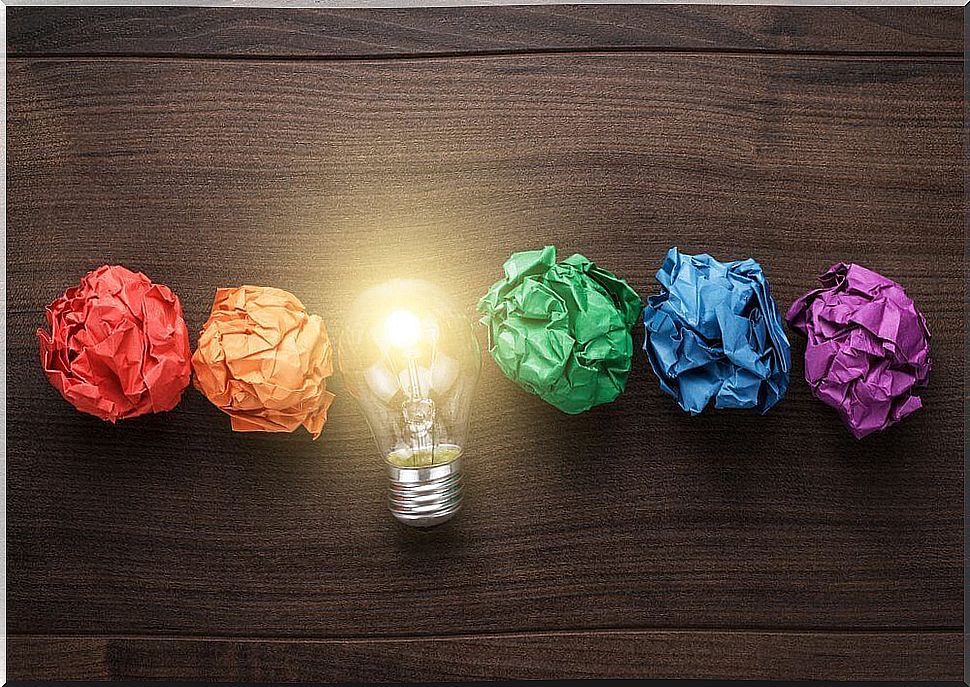
6. Caregiver
He feels stronger than others and that is why he lavishes an almost maternal protection on those around him. You want to avoid any harm to those under your aegis and you want to prevent any risk or danger from threatening the integrity or happiness of others. If left unchecked, he becomes the martyr who blames others for his sacrifices.
7. Magician
The magician is equivalent to the great revolutionary. He regenerates and renews, not only for himself, but also for others. He himself is in a constant process of transformation and growth. In his negative side, he is a sick person who makes others sick. Sometimes it turns positive events into negative events.
8. Hero
The axis of the hero’s life is power. It has an enormous vitality and resistance that insists on fighting for power itself or for honor. He prefers anything to lose. In fact, you don’t lose because you don’t give up. It could be too ambitious and controlling.
9. Outlaw
The Outlaw is another of Jung’s 12 personality archetypes that speaks to us of rebellion. This is a transgressor, provocative and completely independent of the opinion of others. In fact, he likes to go against it and thinks with his own head, not under influence or pressure. In its negative side, it becomes self-destructive.
10. Lover
The lover is all heart, all sensitivity. He loves love and that is why he enjoys lavishing it. Not just romantic love, but all forms of love. His greatest joy is feeling loved. Enjoy beauty, aesthetics and the senses, in a refined way. It makes beauty, in the broad sense, a superlative value.
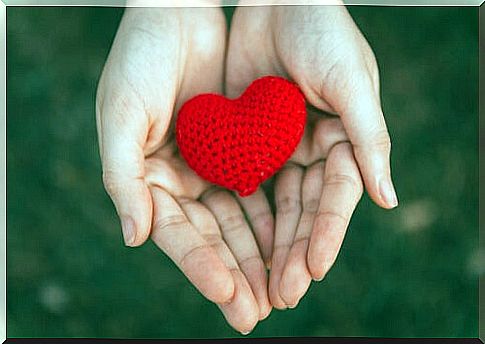
11. Jester
The jester archetype is also known as the madman archetype. The madman teaches us to laugh, even at ourselves. He has no masks and tends to strip others of his mask. He does not take himself seriously, because his thing is to enjoy life. In his negative side he can be libidinous, lazy and gluttonous.
12. Orphan
The orphan is one who bears wounds that he cannot heal. You feel betrayed or disappointed. He wants others to take care of him and since this does not happen, he experiences disappointment. He usually joins others who feel like him. He is victimized. He appears to others as innocent, but has a cynical disposition.
The one we have presented is not the only classification of Jung’s 12 personality archetypes. In other categorizations different archetypes appear, although basically they are equivalent to those that we have exposed in the essential part. They apply to many fields, including psychotherapy, marketing, and art.
